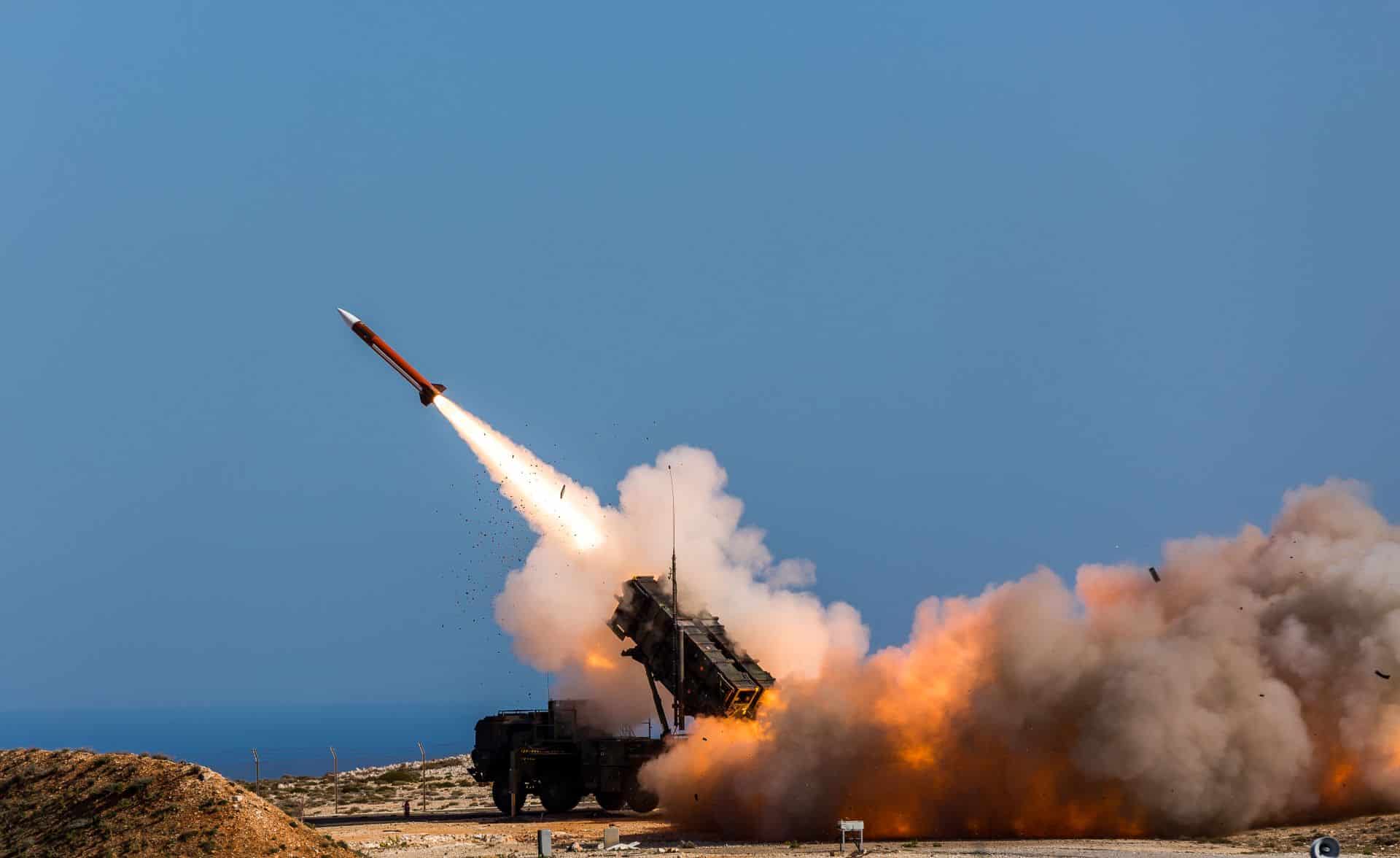Potential U.S. adversaries have advanced their long-range capabilities, and the Army needs to move quickly to maintain its military edge, the service’s leaders said Monday at the Association of the Army’s Global Force Symposium in Huntsville, Alabama.
Long-range precision fires, one of six modernization priorities identified by Chief of Staff of the Army Gen. Mark A. Milley, must be continually pushed to increase capabilities in order maintain overmatch over potential adversaries like North Korea, China and Russia.
“Merely outgunning the enemy will not get us the relative advantage we’re seeking,” said Gen. Robert Brown, commanding general of U.S. Army Pacific, during a panel discussion. “We need to get to dominance and deterrence through improved capabilities, increased capacity and revised warfighting doctrine.”
Brown added that with long-range precision fires, the establishment of Cross-Functional Teams under the modernization command will help the U.S. maintain the overmatch it currently has.
John Gordon, a senior policy researcher from Washington, said modernized enemy capabilities could place greater stress on U.S. forces.
“(Enemy modernization capabilities are) going to make all forms of air support much more difficult and the ground forces are going to feel the effects of that,” said Gordon, a 20-year Army veteran. “It’s certainly going to put a greater premium on U.S. Army field artillery.”
The Army would like to extend the range of its missiles. That range extension can happen only if there is a change in the Intermediate-Range Nuclear Forces treaty, which was signed in 1987.
Brown’s statements echo those made one week earlier by Brig. Gen. Stephen Maranian, the appointed team lead of the Long-Range Precision Fires Cross-Functional Team. The generals agreed that the team’s expertise is key to hastening the acquisition process. Experts from science and technology fields, as well as Soldiers from different commands, comprise the team.
The XM-1113, a 155-millimeter insensitive munition high explosive rocket-assisted projectile, is currently being tested at the Yuma Proving Ground in Arizona. Completion is scheduled for mid-April for the projectile that can be fired from the M109A6 howitzer and M777 cannon. Last week, a two-week evaluation and testing of the M109A7 howitzer was scheduled for completion at Fort Riley, Kansas. Maranian said last week the M109A7 will provide the basis to build future long-range fire capabilities.
Increased capabilities, Maranian said, will open the door for joint forces to take advantage of the “holes” that robust long-range precision fires will open.
“The Army has got to modernize our surface-to-surface fire capabilities at echelon to guarantee that we have clear overmatch in the close fight, in the deep fight, in the strategic fight,” said Maranian, also the Army’s commandant of Field Artillery. “If we are unable to do that we will not be able to do for the joint force what it is that surface-to-surface fires do; which is to open those windows of opportunities to allow our joint and Army aviation forces to exploit deep.”
Brown placed an emphasis on getting the Soldiers’ perspective, and team members from Forces Command shared their input over the past five months since the Army’s six modernization priorities were announced in October.
Continued research and collaboration among the Long-Range Precision Fires Cross-Functional Team will continue to be a driving force behind the Army’s modernization efforts.
“Being able to pull all of those folks together, under the direction of a leader and focus our energies on being able to write requirements and do that experimentation … has been paramount to our ability to try to (progress) fast,” Maranian said. “(It) has become a lost art in our acquisition process.”










